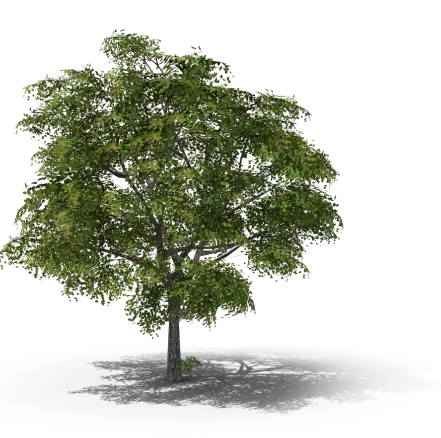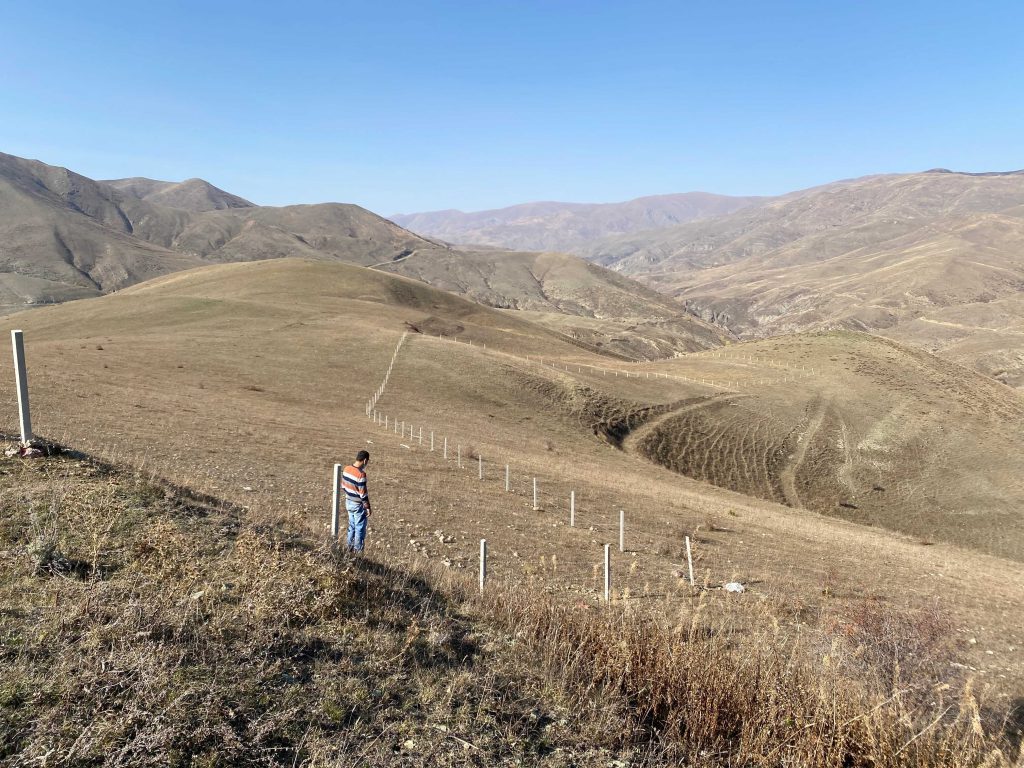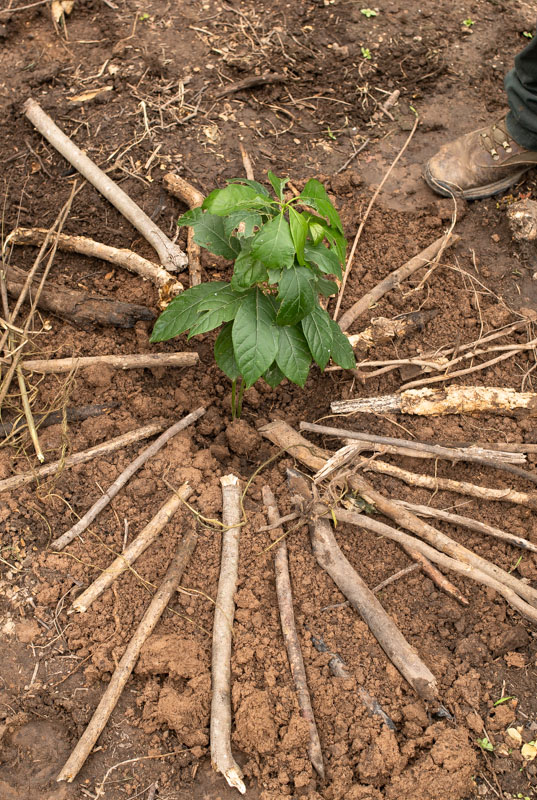Reforestation in Armenia
In Armenia, 30% of the population still lives below the poverty line. Reforestation projects fight desertification, combat soil erosion, preserve the water and empower the local communities, creating jobs and increasing their income.

+100K
Sed porttitor lectus nibh. Curabitur arcu erat, accumsan id imperdiet et, porttitor at sem.
+100K
Sed porttitor lectus nibh. Curabitur arcu erat, accumsan id imperdiet et, porttitor at sem.
+100K
Sed porttitor lectus nibh. Curabitur arcu erat, accumsan id imperdiet et, porttitor at sem.

Once a country covered with thick forests, Armenia’s forest coverage has diminished over the centuries
because of poor landscape management, dominance of agriculture, but also because of illegal wood logging due to the energy crisis in the 1990s, during the first Nagorno-Karabakh war.
Now only 11% of the country is covered with forests, and 80% of the land is considered to be under threat of desertification or already desertic to some degree.
The country is also facing the negative impact of global warming: in the last 90 years, the average yearly temperature has raised by 1.23°C, resulting in desertification and deforestation of large areas of land. In only 50 years, the volume of precipitations has gone down by 10% and drought is now possible, even in historically very humid areas.
With our partner of My Forest Armenia, we want to recover damaged forest ecosystems by implementing different strategies. These include: planting native tree species, sowing seeds in forest restoration areas, coppicing, as well as promoting natural regeneration processes.
- 300 more hectares secured for trees
- 17 endemic tree species & 10 shrub species
- 2 nurseries and 1 greenhouse
- 38 permanent staff
- 70-90 seasonal workers during planting and maintenance
- 150 hectares already reforested
- 300 more hectares secured for trees
Engaging in reforestation has an eminently social dimension.
From seed collections to forest rangers, increasing forest coverage empowers rural villagers. It gives them solid training in a useful field, and it gives them an income while doing profoundly meaningful work. Forests will benefit them directly literally for centuries to come. Reducing poverty and increasing forests are linked. By helping people, we help forests. By helping forests, we help people.
Preserve biodiversity by planting endemic species.
The tree planting season in Armenia takes place in the months of March, April and November.
Reforestation
Go Forest does not focus solely on biodiversity but also aims to bring about behavioral changes to tackle the root causes of soil and deforestation problems. Each of us can have a positive impact on tomorrow’s world.
- Caucasian oak (quercus macranthera)
- Pine trees (pinus sylvestris and pinus hamata)
- Wild pear (pyrus caucasica)
- Walnut (juglans nigra)
- Maple trees
- Ash trees (fraxinus excelsior)
- Mountain ash (sorbus aucuparia)
- Wild apple (malus orientalis)
- Beech (Fagus orientalis)
- Linden
- Horse chestnuts (aesculus hippocastanum)

One of the trees we plant is the Ash tree
Care for communities
At Go Forest, we don’t just plant trees. We engage in much more, such as ensuring sustainable support for local communities. We do so by using the UN Sustainable Development Goals, which serve as a blueprint for peace and prosperity for people and the planet, now and in the future. Depending on the region and the project, you’ll be supporting different SDGs. Our project in Armenia focuses on the following SDGs:




Visit Armenia with us!
A project can only be fully discovered and known after actually visiting it. That is why in May of 2022, Marte & Jacob visited our project in Armenia.
Want to go on a trip with us throughout the different planting sites and nurseries in Armenia? This video got you covered.

Let's plan(t) the future together.
Forests are an important player in the fight against global warming. A large portion of all the CO2 in the atmosphere is absorbed by the forests and stored in the form of organic carbon in the wood and soil.
Unfortunately, deforestation and land use change also contribute 17% to the greenhouse effect. But one of the most important and simplest ways to counteract global warming is to create greater biodiversity by planting forests. This is exactly what we at Go Forest, in co-operation with companies, are doing.
Our projects
We don’t only plant your trees, we take care of them as well.
Start planting
Motivated to take your company to the next green level? We will gladly explain more about our vision and possibilities! Contact us and be a leader for a greener world.










